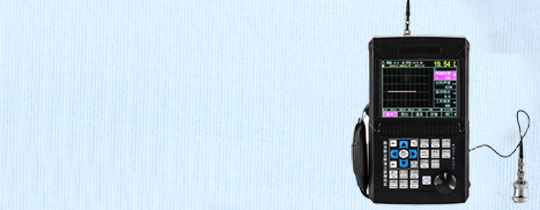
Proximity sensor FD-71RH
The F-71RH proximity sensor and inductive proximity switch consist of three main parts: oscillator, switch circuit, and amplifier output circuit, which are very important proximity switches. The principle of inductive proximity switches
- FD-71RH
- ZHUOXIN
- 24v-110v-220v-380v
- IP65
- TT, Paypal, Credit card, Western union
- +86-15163766288
- The F-71RH proximity sensor and inductive proximity switch consist of three main parts: oscillator, switch circuit, and amplifier output circuit, which are very important proximity switches. The principle of inductive proximity switches
Description

F-71RH proximity sensor& nbsp; Principle introduction: When a metal or semiconductor sheet with current is placed vertically in a magnetic field, there will be a potential difference between the two ends of the sheet, and this phenomenon is called the Hall effect. The difference in potential between the two ends is called the Hall potential U, which is expressed as U=K& Miot; I&miot; B/where K is the Hall coefficient, I is the current passing through the thin film, B is the magnetic induction intensity of the external magnetic field (Lorentz force), and is the thickness of the thin film. F-71RH proximity sensor; The principle introduction of inductive proximity switch shows that the sensitivity of Hall effect is directly proportional to the magnetic induction intensity of the external magnetic field. Hall switch belongs to this type of active magneto electric converter device. It is made using integrated packaging and assembly technology based on the Hall effect principle. It can easily convert magnetic input signals into practical application signals, while also meeting the requirements of easy operation and reliability in industrial applications. The input of the Hall switch is characterized by the magnetic induction intensity B. When the value of B reaches a certain level (such as B1), the trigger inside the Hall switch flips, and the output level state of the Hall switch also flips. The output terminal generally uses transistor output, similar to sensors, including NPN, PNP, normally open, normally closed, latch type (bipolar), and dual signal output. Hall switches have characteristics such as contactless, power consumption, long service life, and response frequency. They are internally sealed with epoxy resin, so they can work reliably in various harsh environments. Hall switches can be applied to proximity sensors, pressure sensors, odometers, etc., as a new type of electrical accessory. The working principle of linear proximity sensors:; Linear proximity sensor is a linear device belonging to metal induction. After power is turned on, an alternating magnetic field is generated on the sensing surface of the sensor. When a metal object approaches this sensing surface, eddy currents are generated in the metal to absorb the energy of the oscillator, causing the output amplitude of the oscillator to decay linearly. Then, based on the change in attenuation, the purpose of non-contact object detection is achieved. XLLS-II Bidirectional Rope Switch XLPP-I Two stage Runaway Switch XLPP-Z Two stage Runaway Switch XLPP-M Runaway Switch XLDH-I Slippery XLBJ-A Sound and Light Sensor XLDH-F-I Slippery Switch  ;
;
 ;
;
Tags
Get the latest price? We'll respond as soon as possible(within 12 hours)

















